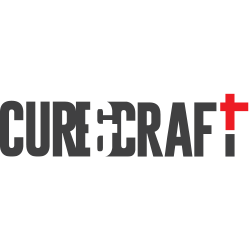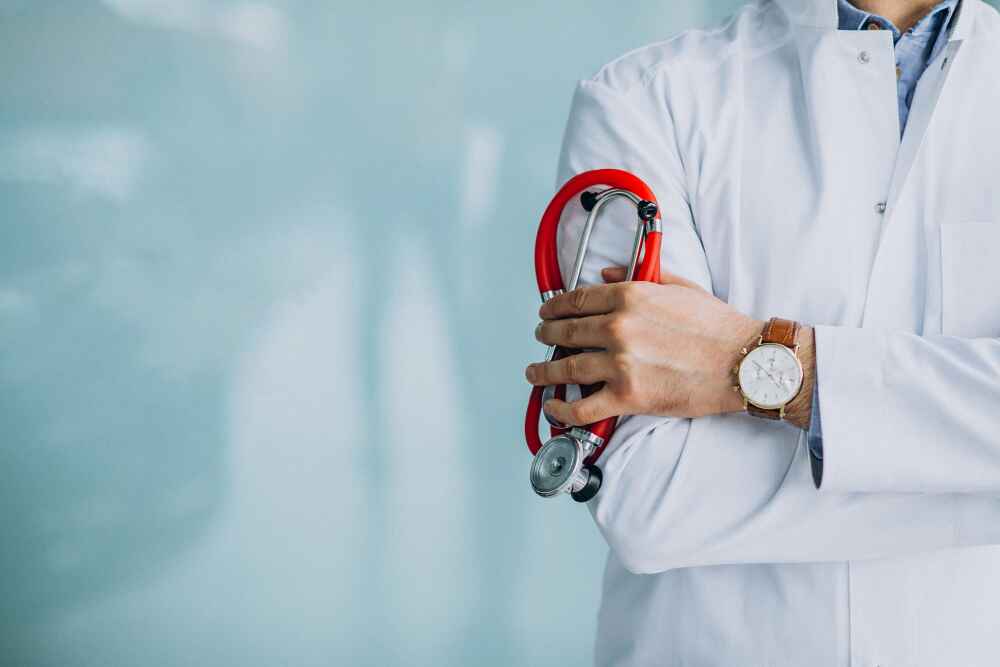Iron is a crucial mineral that’s required for our overall well-being. It’s essential for the production of hemoglobin, a protein in the red blood cells that is required to transport oxygen in the body. When iron levels drop to a certain amount, its deficiency develops. Its deficiency can cause several health issues, including anemia, a more severe state where your body doesn’t have enough healthy red blood cells to deliver sufficient oxygen.
Understanding iron deficiency, its causes, symptoms, and dietary solutions helps you care for your health better. In this article, we’ll discuss these, so let’s begin!
Symptoms of Iron Deficiency
Iron deficiency often develops gradually, and the symptoms might not be obvious at first. Here are some signs that you’ll observe in case of iron deficiency:
- Fatigue and tiredness: This is the primary symptom of iron deficiency. You’ll constantly feel tired and drained and lack energy, even for routine activities.
- Pale skin: A drop of red blood cells during iron deficiency can lead to pale skin, particularly on the face, nail beds, and eyelids.
- Shortness of breath: Because there is a drop in the oxygen levels in the body, you might experience breathlessness, especially during exertion.
- Headache and dizziness: Reduced oxygen flow can affect blood circulation to the brain, causing headaches and dizziness.
- Cold hands and feet: Iron deficiency can affect circulation, leading to constant coldness in the hands and feet.
- Brittle nails: Spoon-shaped or brittle nails can be a sign of iron deficiency.
- Poor concentration and memory: Iron is essential for cognitive function, and deficiency can impact focus and memory.
Causes of Iron Deficiency
Several factors can contribute to iron deficiency. Here are some of the most common causes of iron deficiency:
Insufficient iron intake:
A diet lacking in iron-rich foods is a primary cause. This can be especially common in vegetarians and vegans who don’t consume meat, a rich source of iron.
Increased iron needs:
The body’s iron needs are greater during pregnancy, menstruation, and rapid growth periods in children and adolescents. If dietary intake doesn’t match this increased demand, deficiency can occur.
Blood loss:
Chronic blood loss, even in small amounts, can reduce iron levels. This can be due to heavy menstrual periods, ulcers, use of certain medications like aspirin, or internal bleeding.
Absorption issues:
Certain medical conditions, like celiac disease or inflammatory bowel disease, can hinder iron absorption from food in the intestines.
How to diagnose Iron Deficiency?
If you suspect you have iron deficiency, a simple blood test can diagnose it. A complete blood count (CBC) calculates your red blood cell count and hemoglobin levels. Additional tests will be required to identify the cause of iron deficiency.
Dietary Solutions to Improve Your Iron Levels
Dietary changes are the best way to deal with iron deficiency. Here are some foods and dietary changes you can make to maximize iron absorption:
Include iron-rich foods in your diet
There are two types of iron, and they are found in different food sources.
Heme iron. This is the most readily absorbed form of iron, found primarily in animal products.
- Red meat: Beef, lamb, liver (consult a doctor before consuming)
- Poultry: Chicken, turkey
- Fish and shellfish
Non-heme iron. This form is found in plant-based sources and is less readily absorbed than heme iron. However, including these foods and vitamin C enhancers can significantly improve absorption.
- Dark leafy greens: Kale, spinach, Swiss chard
- Beans and lentils: Black beans, kidney beans, and chickpeas
- Fortified foods: Cereals, bread, and some plant-based milks are often fortified with iron.
- Tofu and tempeh
- Nuts and seeds: Pumpkin seeds, cashews, and almonds
How to Increase Iron Absorption?
Iron intake does no good if your body doesn’t absorb it properly. So, here are some ways to maximize iron absorption:
- Pair iron-rich foods with vitamin C. Vitamin C enhances the absorption of non-heme iron. Include a source of vitamin C like citrus fruits, tomatoes, bell peppers, or broccoli with your meals.
- Limit calcium intake around meals. Calcium can interfere with iron absorption. Avoid consuming dairy products or calcium-fortified foods with iron-rich meals. You can have them after a few hours.
- Coffee and tea in moderation. Tannins in coffee and tea can slow down iron absorption. Limit these around meals, especially iron-rich ones.
More Ways to Deal With Iron Deficiency
If your iron levels don’t return to normal even after the dietary changes, you must take supplements to avoid dropping your iron to dangerous levels. In some cases, your doctor may recommend iron supplements. However, these should only be taken under medical supervision due to potential side effects like constipation or stomach upset.
If you suspect iron deficiency, consult your doctor. He can help you better with the next steps to get rid of the iron deficiency before it develops into a critical condition.
Join Cure and Craft:
Calling all healthcare professionals, medical students, and writers! Share your insights, experiences, and knowledge on our platform. Let’s craft informative articles together, shaping the future of healthcare. Connect, inspire, and enlighten our audience.





